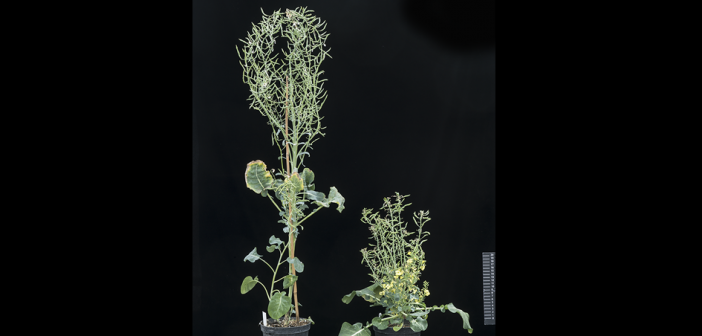A team of scientists from the John Innes Centre and The Sainsbury Laboratory (UK), have shown that the very latest gene-editing technology CRISPR, can be used to make targeted changes or edits to specific genes.
The trials were carried out using a broccoli-like brassica and barley, and showed that the edits were preserved in subsequent generations. Crucial for GMO research, it was also possible to segregate and remove the transgenes used during the editing process so that subsequent generations of plants are indistinguishable in their make up from plants which have been conventionally bred.
Professor Wendy Harwood, one of the lead authors said, “The beauty of the CRISPR technique is that it can create small changes in specific genes; sufficient to stop them working. Stopping particular genes from working is one way to develop disease resistant crops, for example with resistance to mildew or to produce crops without unwanted compounds including toxins. The final plants produced in this way have no additional DNA inserted so they are essentially the same as plants with naturally occurring changes to genes or plants that have been bred using conventional mutation breeding methods.”

Photo Credit: BBSRC
The post John Innes Centre edits crop genes appeared first on Hort News.